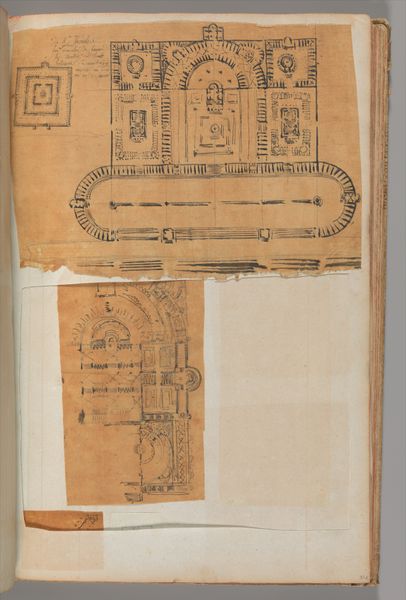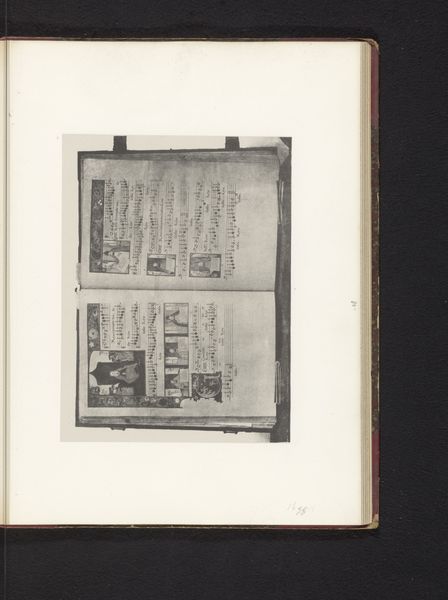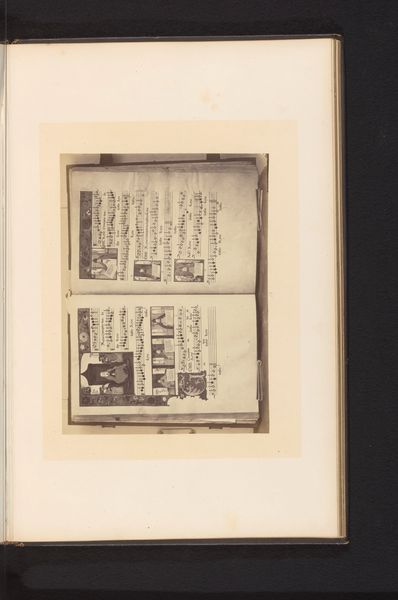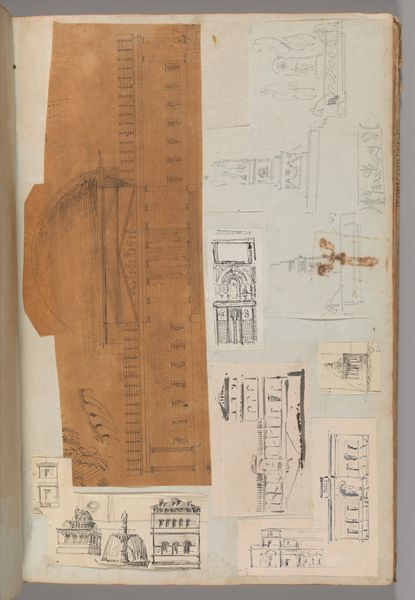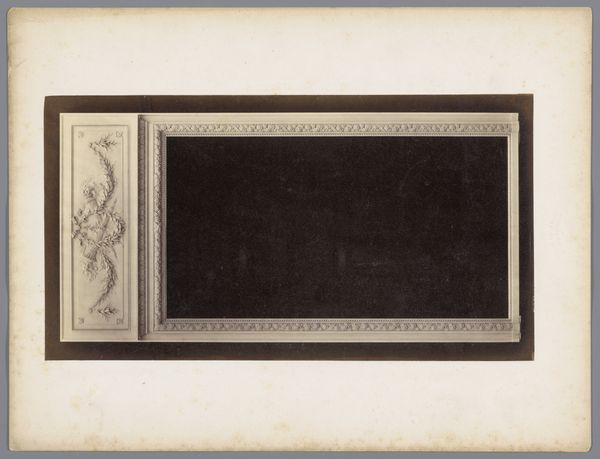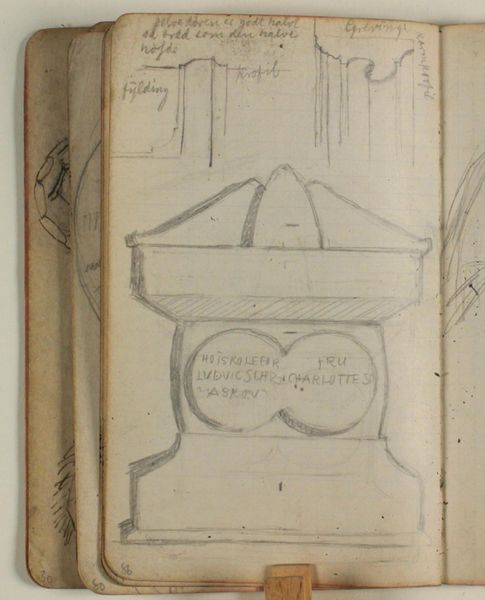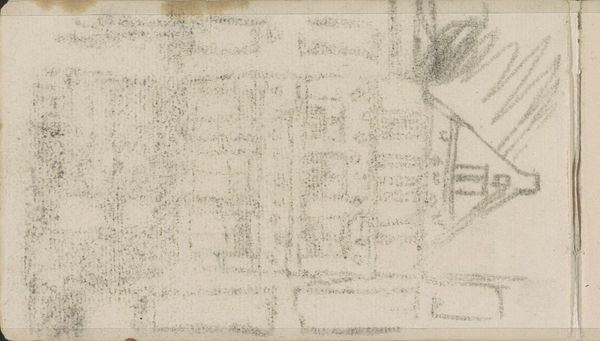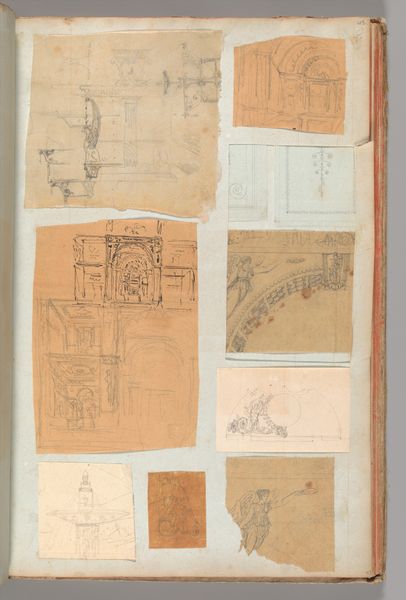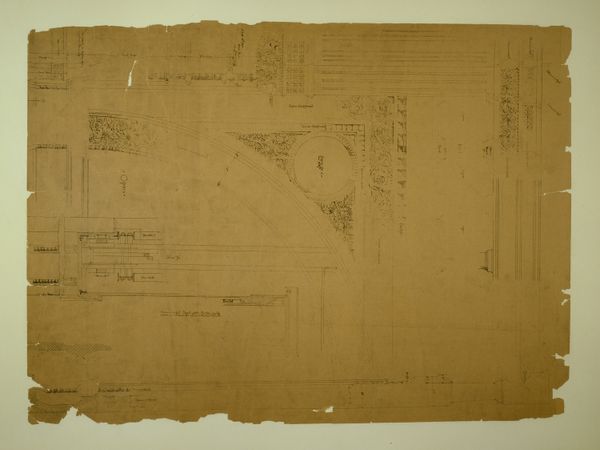
Tombstones of famous people found in Cornelia `Hypogeum of the Scipios
0:00
0:00
drawing, print, paper, engraving
#
drawing
# print
#
greek-and-roman-art
#
paper
#
text
#
idea generation sketch
#
geometric
#
ancient-mediterranean
#
line
#
cityscape
#
history-painting
#
engraving
Copyright: Public domain
In Giovanni Battista Piranesi's etching of tombstones from the Hypogeum of the Scipios, we encounter more than mere funerary markers; we see echoes of cultural memory. The inscriptions, dominated by Roman capitals, communicate power and authority. The names and titles etched into the stone—'Cornelius,' 'Consul,' 'Censor'—speak of lineage and civic duty. These were not just names, but symbols of Roman identity and the virtues prized by that society. Consider how such inscriptions, reminiscent of triumphal arches and public monuments, resurface in later epochs. We see similar proclamations of identity and power in Renaissance epitaphs and even in modern memorials. This repetition isn't coincidental; it's a form of cultural inheritance. Each time the form reappears, it carries the weight of its history, subtly altering in response to new cultural needs. These stones remind us that even in death, the desire for remembrance shapes our cultural landscape, engaging viewers on a subconscious level. This cyclical progression of symbols and their continuous reinvention echoes the eternal return, reminding us of history's non-linear, evolving nature.
Comments
No comments
Be the first to comment and join the conversation on the ultimate creative platform.
